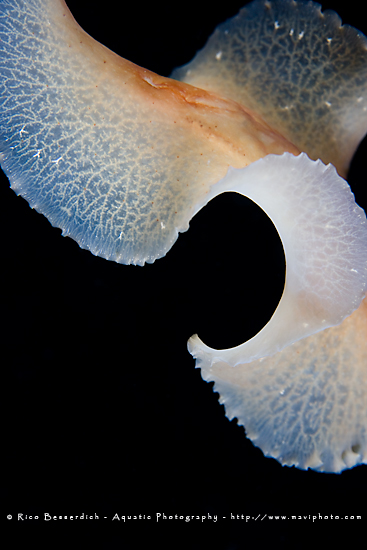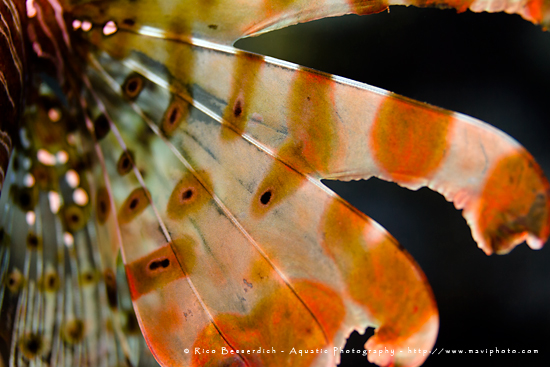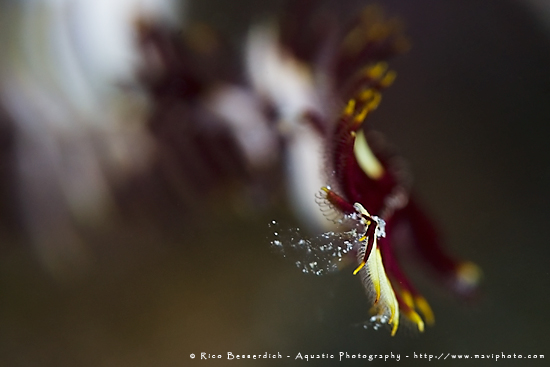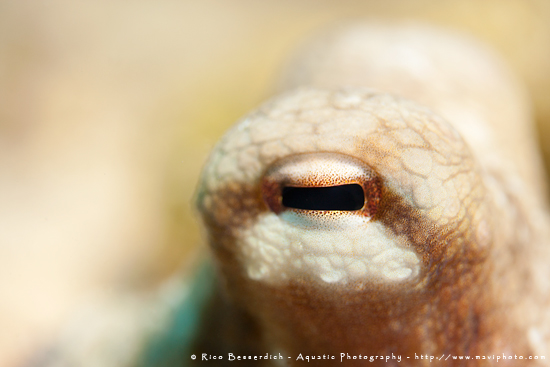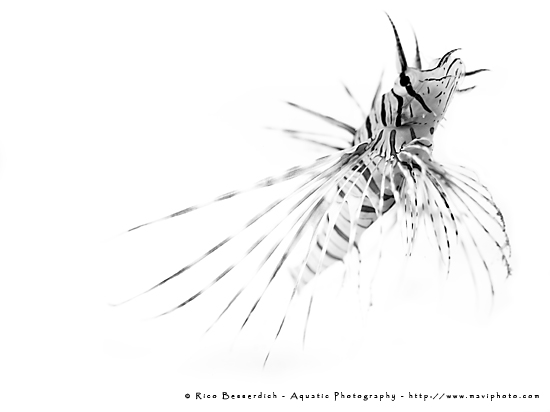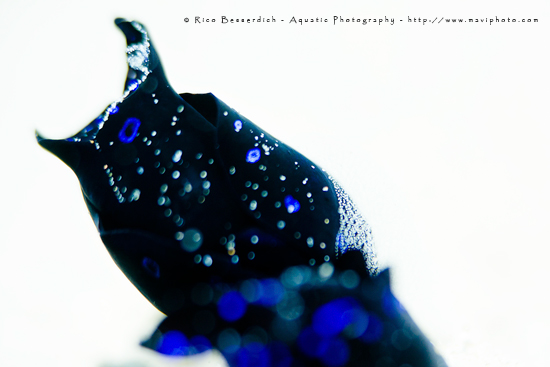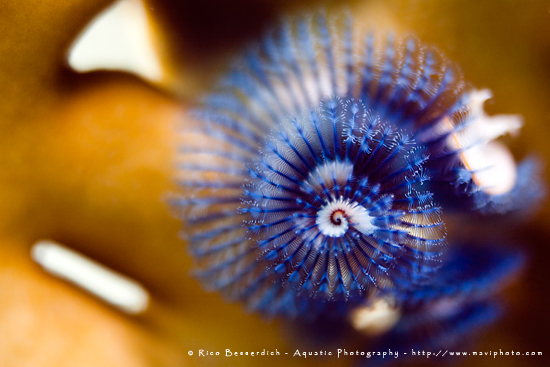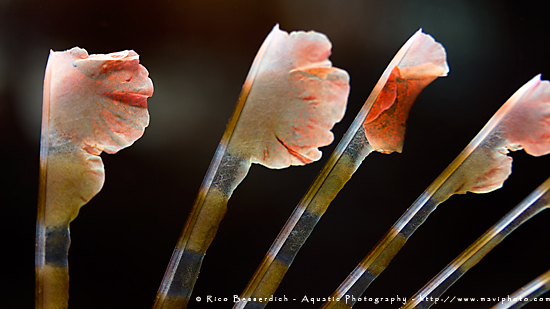
Macro is arguably the most popular underwater photography category, attracting divers in all corners of the globe.
Classic underwater macro photography has its own styles, techniques and objectives. We have all seen the great images produced with these techniques, but sometimes the images start to look very similar to each other, especially after the 100th pygmy seahorse or frogfish photo. This is when the desire to shoot different macro images begins to grow in u/w shooters’ hearts.
Abstract macro images keep things fresh for me, and in this article I introduce a few tips for artistic macro shooting. These aren’t meant to replace the classic macro techniques, but simply to serve as a little inspiration 🙂
Equipment:
I use a CANON 7D in an Easydive LEO II Pro housing, 2 Sea&Sea YS110alpha strobes. My lens of choice for macro is the CANON EF-S 60mm Macro. On rare occasions I use a SubSea +10 wet diopter attached to my housing’s macro port, but in most cases I am more than happy with just the 60mm lens. All my camera and strobe settings are manual.
Any underwater camera system capable of shooting macro can be used for artistic macro shooting. The photographer’s creativity is always more important than the specific gear.
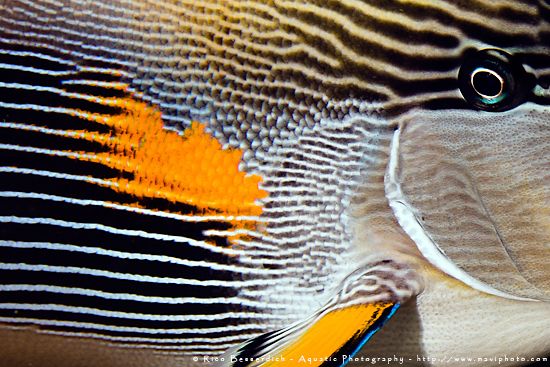
Tip 1: Abstract
“Like abstract art, abstract photography concentrates on shape, form, color, pattern and texture. The viewer is often unable to see the whole object. The focus is often only a small part of it. Viewers of an abstract shot may only know the essence of the abstraction or understand it by what is implied. Normally the object or image will not be a literal view of the subject. The subject tends to come second to seeing…” – Damon Guy
Shooting abstract compositions can be a very powerful tool for underwater macro shooting. The idea is to capture specific details on a subject to create an open-ended “message” that can be interpreted by the imagination of the beholder, instead of fish IDs or bland shots of marine life documentary value.
Look for patterns, textures and color variations, as well as curves, shapes and geometry. Almost every common macro subject has abstract potential and we just need to recognize it and then capture that idea with the camera.
Shooting Tip: Any aperture/shutter combination works here as long as it provides a properly exposed photo. Proper macro / super macro strobe positioning is crucial since we are shooting very small detail.
Tip 2: Bokeh
Using bokeh (shallow depth of field) plays a very important role in artistic macro shooting. A common practice in macro photography is to strive for maximum depth of field by using very small apertures, but for artistic shots we often do the exact opposite, using the blurriness as a creative tool. This technique can be used to keep the main subject well isolated from the background, which this comes in handy when the background is distracting (rocks, coral or other disturbing structures right behind the subject). It’s important to have a calm hand, since achieving sharp focus on an exact point of the subject can be difficult.
Shooting Tip: When working on Bokeh shots I often set my camera to f/2.8 or f/3.5 – basically a wide-open aperture. The shutter speed is then set to 1/250s (max. strobe synchronization speed of my camera) and my strobes are usually set to minimum power output.
Tip 3: High-Key
In simple terms, the high-key lightning technique intentionally overexposes key elements of the composition, most often the image’s background. We see this technique used frequently with models in a studio, but not often in underwater macro photography. Ideally, the overexposed background will be a clean white color.
The easiest way to shoot high-key is to find a subject that already has a bright background, such as sand or bright-colored rocks. For me, sand always works best. An important step if shooting strobes on TTL (or still images with a video light) is to set the light measurement of the camera to spot metering, which measures the exposure of the main subject in the dead center of the frame and not the sand around it. This way the camera will expose for the darker subject, leaving the light background overexposed. Voila…a white background!
For high-key shots, my strobe is generally mounted on 40cm strobe-arms on top of the housing, pointing straight down towards the subject. The idea behind is to have the sandy ground reflect the strobe light. Sometimes I use a second strobe that comes from the left and works as a fill light (very useful when it comes to dark nudis).
Conclusion:
Do you always shoot macro with maximum depth of field? If so, try the opposite! Black backgrounds? Try the opposite! Documentation / Fish ID style photos? Try the opposite!
Artistic and abstract u/w photography is a fun way to add variety to your portfolio and can be used with very common subjects to help make your images stand out from the masses. Experimentation and creativity are key, so give it a try on your next dive!
About the Author
Rico Besserdich is a professional underwater photographer, artist & journalist based in Izmir/Turkey. He has been involved in photography since 1978 and became specialized in underwater photography in 2001.
He has written more than 100 photography-related articles that are published in various magazines all around the world, translated into 9 different languages. Beside his activities as photography contest judge, writer, photographer and lecturer, he is the photography editor of the Australian magazine “72&rising” and the “artistic underwater photography” workshop leader at the Saar Academy of Fine Arts (HBK Saar), Germany. View Rico’s website at www.maviphoto.com or follow him at Facebook.com/RicoBesserdichPhotography.
